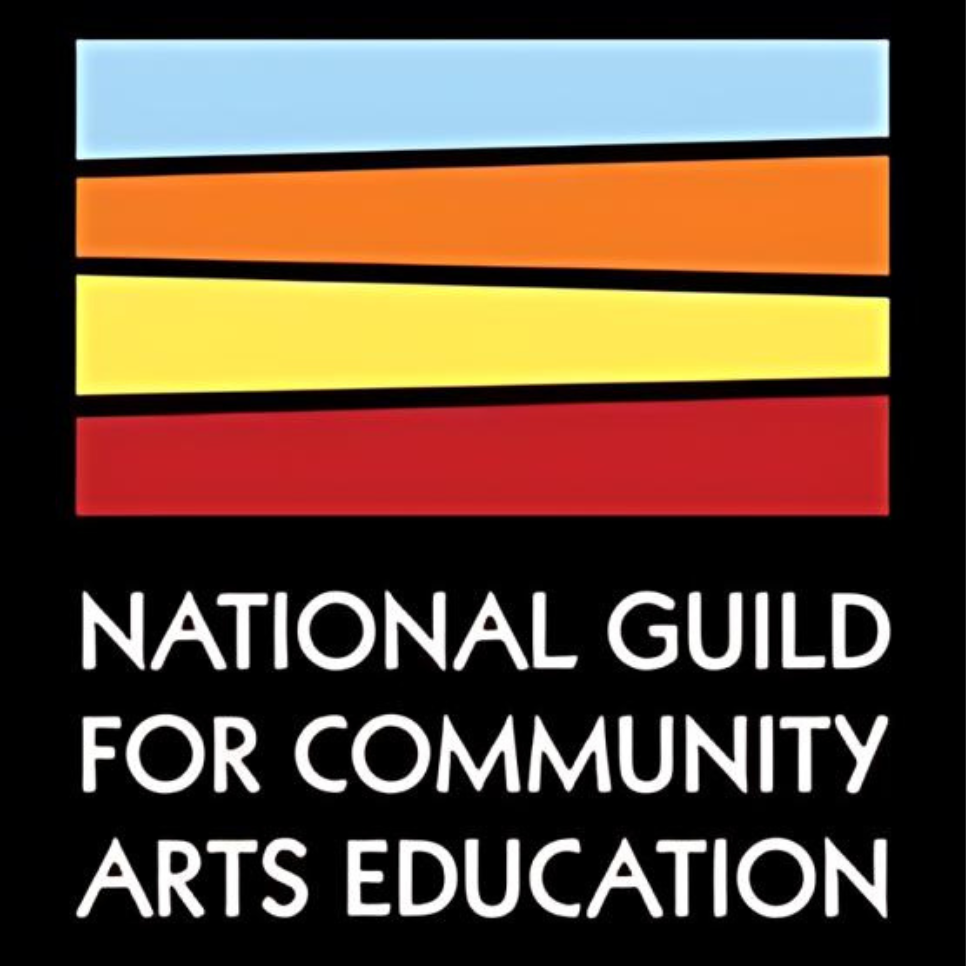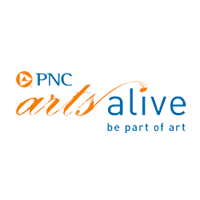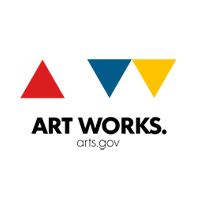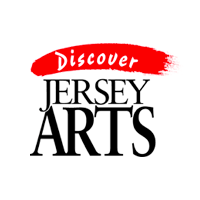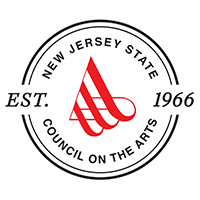Crafting Crowns from
Salon to Classroom
Perkins Folklife Field Researcher and Contributing Editor
This Black History Month, the Perkins Folklife Center celebrated textured hair and beauty. Paulette Young interviewed two of our Crafting Crowns “Queens,” participants in an ongoing Perkins Folklife Center fieldwork project that documents African American hair traditions in Southern New Jersey. Crafting Crowns highlights the art and craft related to textured hair artistry including braids, twists, cornrows and locs. Crafting Crowns also explores the role that the hair salon plays as a site that cultivates and maintains cultural traditions while promoting community. Dr. Young takes it from here.
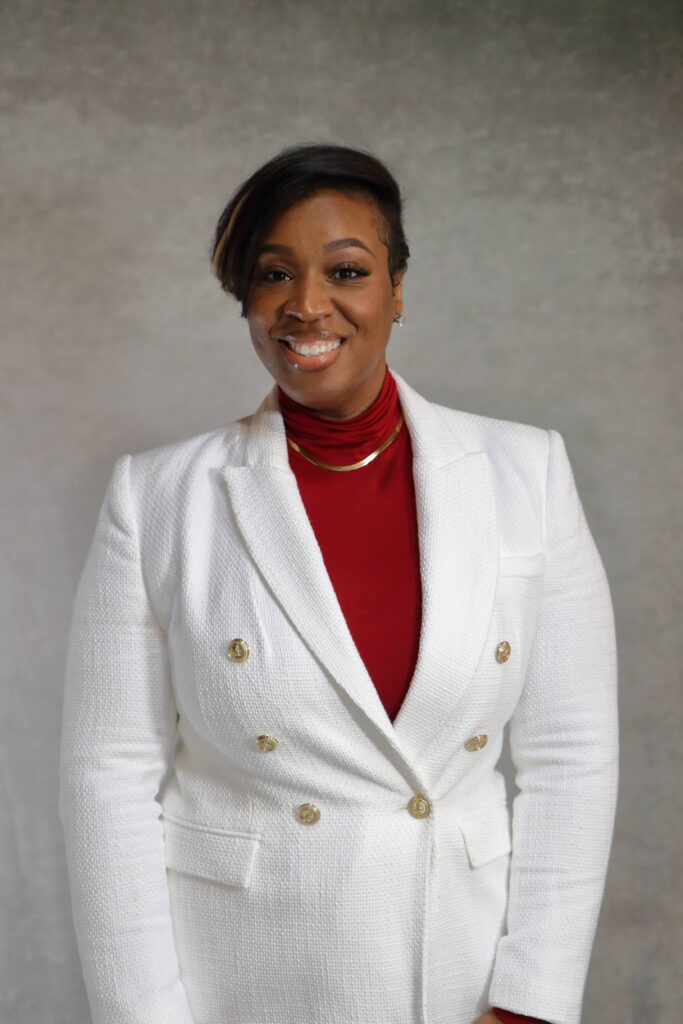
Photo: Michael Capuano
Meet our latest Crafting Crowns “Queen” Atiya Johnson, founder and CEO of Jana’s Cosmetology Academy in Clementon and owner/operator of Jana’s Hair Studio in Lindenwold. As a third-generation stylist, hair care is a legacy that runs deep in Atiya’s family. Atiya stepped in to take over the salon from her mother at the age of 17. After two decades in the business, Atiya opened the Academy, the first Black-owned and operated cosmetology school in New Jersey. The Academy offers five different professional licensing programs, including Natural Hair Care and Braiding. Here are some highlights of our conversation. — Paulette Young.
PY: Your salon is successful and popular, with a loyal clientele. What prompted you to start a new career as a cosmetology educator, as opposed to opening up new salon locations?
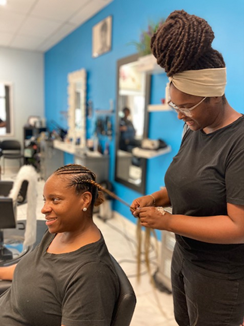
Photo: Paulette Young
AJ: I noted that many of the students we were hiring had the right licenses but lacked the skills to style and maintain textured hair. I realized that the problem lay with their training. There was a hands-on skills deficit in the textured hair industry. In a ten-month training program, there were only two weeks dedicated to textured hair! It was like getting your driver’s license without knowing how to drive. I thought at least I can change this, one student at a time.
PY: When you decided on this new venture, did you have support for the Academy?
AJ: I have an amazing team in the business aspect and a wonderful support system at home. My in-laws are amazing. My mom and dad have embedded important entrepreneurial traits in us and have always been helpful. I thank my team for doing what needs to be done behind the scenes so I can do what I need to do in front of the scene.
My 17-year-old daughter helps hold the house down. My 15-year-old daughter gets my six-year-old, the little man of the house—second in command after my husband—off the school bus. We all work together.
PY: What are the strengths of Jana’s Salon and Jana’s Academy?
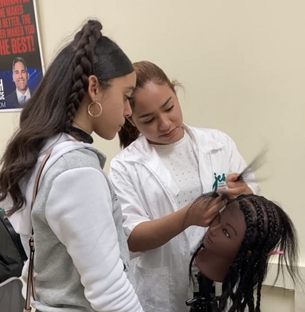
Photo: Paulette Young
AJ: The atmosphere of Jana’s Hair Studio is friendly with an emphasis on team spirit, camaraderie and client comfort. We all have our specialization and will refer our clients to in house operators that can meet their particular needs. For example, we have “locticians,” [experts in creating a variety of ‘locs’ styles made of rope-like strands of natural hair], twisted weave specialists, colorists, braiders and so on.
The hair industry historically puts an emphasis on client loyalty to their stylist. I don’t want you to just be comfortable with your stylist, but with the overall environment, to feel assured that you are in good hands.
At the Academy, we offer a textured hair course unlike any other. We are heavy on teaching the students how to do the hair of the client before them. Although we are Black owned and operated, we are not limited to African American hair; we are inclusive. We have Spanish-speaking students, White students and clients with differing hair textures.
PY: We have spoken quite a bit about the history and artistry of crafting “crowns” for textured hair. How has the natural hair movement and emphasis on wellness, beauty and haircare impacted your approach to hair artistry and the training of your students?
AJ: We currently use the term “textured” hair as opposed to “Black hair” or “African American hair.” There are different, diverse people in the world who have coiled or curly hair. If you have five African Americans in a room, each one’s hair could be different texture. It’s important to understand diversity in hair.
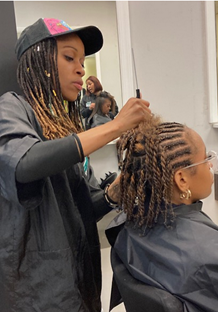
Photo: Paulette Young
We tell the students and staff to take the position that “I want to know more, I am willing to learn.” Our clients are our first educators. As time changes so do clients. We must understand and reflect our client’s diversity. They have different relationships with natural hair. Many clients wear weaves, wigs or braids to protect their natural hair, so they don’t constantly flat-iron it, overly brush or manipulate it.
The younger customers have a different relationship with money than their mothers. They are okay with paying $300 and up at the salon! Understand you need to meet your audience where they are. As life evolves, so should our practice. As stylists, we have to remain a student; you never know enough.
PY: I was going to ask you how you celebrated Black History Month. But I think I already know the answer! You just got that $50,000 inaugural Cécred x BeyGood cosmetology school grant, part of Beyoncé’s BeyGood Foundation, for tuition for hairstylists in training. So what’s that feel like?
AJ: I am humbled to be one of those selected. Beyoncé’s organization searched nationwide for five schools that offer a textured hair course. When they looked at us, the only such program in New Jersey, they must have said“I think we found a diamond in the rough.” Beyoncé is a huge name in the community and putting us on her “map” of emerging stylists and barbers is huge!
The $50,000 will fully fund five students in our program, which is great. But the opportunity is incredible. As BeyGood told us, “Once we become your partner, we’re your partner for life.”
Since the grant was announced, the State of New Jersey is directing students our way and praised the caliber of graduates who are prepared to pass the cosmetology state board exam.
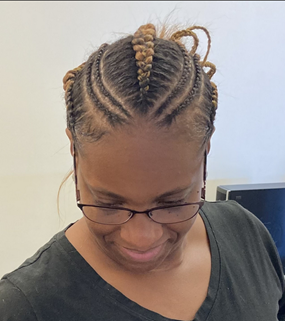
Photo: Paulette Young
Protective hairstyles must breathe. You have your braids, which is the most protective hairstyle because it’s three strands of hair woven together. It’s going to be sturdy. Then you have a twist, which is two strands. And then you have feed-in-braids and conical cornrows, and there’s different ways to do each style. The degree to which a style is the most “protective” is determined by how much hair you add into each of those styles. If you add in hair it’s more protective because it’s sealing the hair within the braid. The weight of synthetic hair holds down your natural hair so it doesn’t frizz and become matted. Each of my styles comes with a maintenance plan regimen. There is no style that doesn’t require some type of maintenance.
PY: Anything else you’d like to share with us today?
AJ: Thank you Paulette and the Perkins Folklife Center for this opportunity. I love this industry. Anytime I can speak about it, I will. My dad would be proud, his sacrifice led to this!
Documenting the Folklife of Emerging Hair Stylists
I recently conducted on-site interviews at Jana’s Academy with 13 high-school student trainees from Woodbury Junior-Senior High School. I observed and documented the training activities, hands-on instruction and the experiences of bilingual Latino students in the program. The project was conducted under the auspices of the Perkins Folklife Center with support from the New Jersey State Council on the Arts.
Through my research, I was surprised to find out how many high school students in southern New Jersey are motivated to join the natural hair care industry. The range of popular hairstyles based on braiding, locs, twists and Afros, continues to expand. Many young people create their own braiding hair styles for themselves, friends and family, and to post on Instagram. Some take their informal practice to a professional level by obtaining training to develop a career in the cosmetology industry while they are still in high school. –Paulette Young.
The Language of African American Hair
The Crown Act
The “Create a Respectful and Open Workplace for Natural Hair Act” or Crown Act is legislation clarifying that discrimination based on hairstyles associated with race is illegal. It is also is a movement and to support and allow women (and men), but particularly women (and men) of color, to wear their natural hair to work and to school without worry from being fired or compromising their integrity. It was first signed into law in the state of New Jersey in December 2019.
Locs are created by coiling, palm-rolling, twisting or braiding hair.
Protective Styles: Protective hairstyles are designed to prevent damage and breakage by minimizing the manipulation of the hair and protecting the hair ends while maintaining hair health and growth. They include:
Braids – A style made up of three sections, crossed over each other to create interlaced strands.
Cornrows: A style created by 3 strand plats made on the scalp.
Feed-in Braids: A style created by feeding in synthetic hair with your natural hair to create a longer and thicker braid.
Flat twists: A style consisting of two twists made on the scalp.
Fulani Braids: A style with cornrows at the tops and sections of braids at the ends.
Goddess Braids – a thicker, raised cornrow with curls added for an extra flare
Knotless Braids: Three-strand plait that does not use a knot at the scalp to attach the extension.
Two-Strand-twist: A style created by twisting two sections of hair around another to the ends.
Synthetic Hair: Artificial hair extensions made from synthetic materials like Kanekalon, mimicking natural hair.
About Our Contributing Writer/Editor
Paulette Young, Ph.D. is a cultural anthropologist, curator and independent scholar in the visual arts and artistic cultural practices of communities in Africa and the African Diaspora. Her research centers on the historical and contemporary roles of global dress, adornment and style as an expressive artistic and cultural form. She received her Ph.D. from Columbia University.
C



